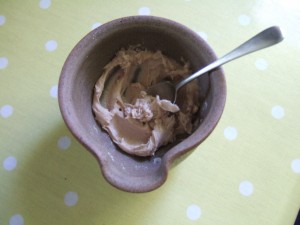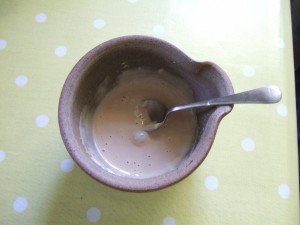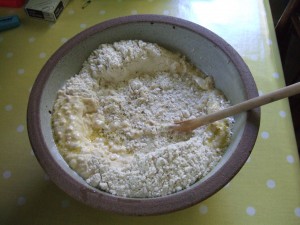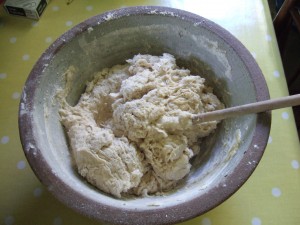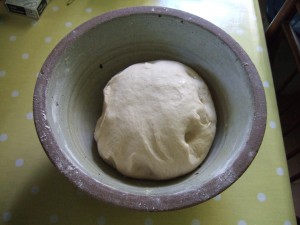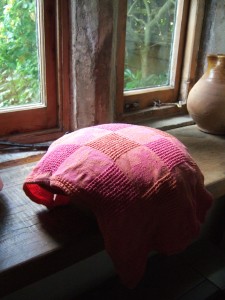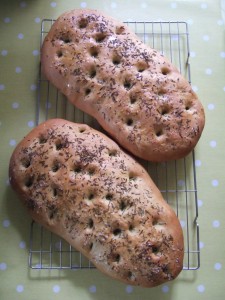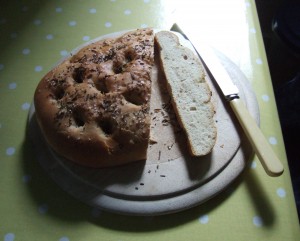I look at various NASA websites regularly, and one set of missions on which I’m particularly keen are those currently operating on Mars. Of the two indomitable Mars Exploration Rovers, launched in June and July 2003, and both landed in January 2004, and only supposed to have a mission life of 90 sols (a sol is a Martian day, just a tad longer than ours at 24 hours and 39 minutes), Opportunity is still going. And then of course there’s the amazing Curiosity rover, launched in November 2011 and landed on Mars in August 2012. I got up very early to watch the landing live on the NASA webstream, and it was so exciting, learning that it had landed successfully after the complex landing procedure that involved the never-before used sky crane. My heart was in my mouth for a goodly while—but I bet that was nothing compared to what the project scientists were experiencing. I have also taken part in the citizen science project to classify (tag) images sent back to earth by Opportunity and its now sadly non-operational partner, Spirit.
I think part of the reason I am fascinated by Mars is that it is a desert planet, and I love deserts. Many of the photos in the Tag Mars citizen science project show a beautiful, desolate landscape, though occasionally you can see a dust devil caught as it passed by, or see the ripples of sand cut through by the rovers’ tracks. They could easily be the deserts in which I have worked in the Middle East. So familiar, and yet so other-worldly.
I checked recently on the progress of Curiosity and saw on 24 June it had taken a photo from a spot named Pillinger Point, overlooking Endeavour Crater. The brief text mentioned it was named after Professor Colin Pillinger, who died in May this year.
Colin Pillinger was a British planetary scientist and one of the driving forces behind the Beagle 2 mission to Mars. Sadly that mission was not a success. Like Spirit, it too was launched in June 2003, but although it was deployed from the ‘mother ship’ for landing on Christmas Day 2003, communication was lost, and with it, the mission. I remember seeing footage of Professor Pillinger announcing that Beagle 2 was lost, and how absolutely destroyed he seemed. All those years of hard work, all that hope, all that potential for science, lost in a few moments.
Today there is a lovely piece on the BBC website about this photo and the naming of a topographic feature on Mars after Prof. Pillinger. It is written by Steve Squyres of NASA, who worked on the Spirit and Opportunity rovers and became a good friend of Prof. Pillinger’s. It’s a very touching tribute.
(Ahoy there mateys: I love too that Beagle 2 was named after the vessel, HMS Beagle, on which Charles Darwin conducted his historic and world-changing research; Endeavour Crater is named after the bark, HMS Endeavour, on which Captain Cook undertook his voyage of discovery to the southern hemisphere.)


